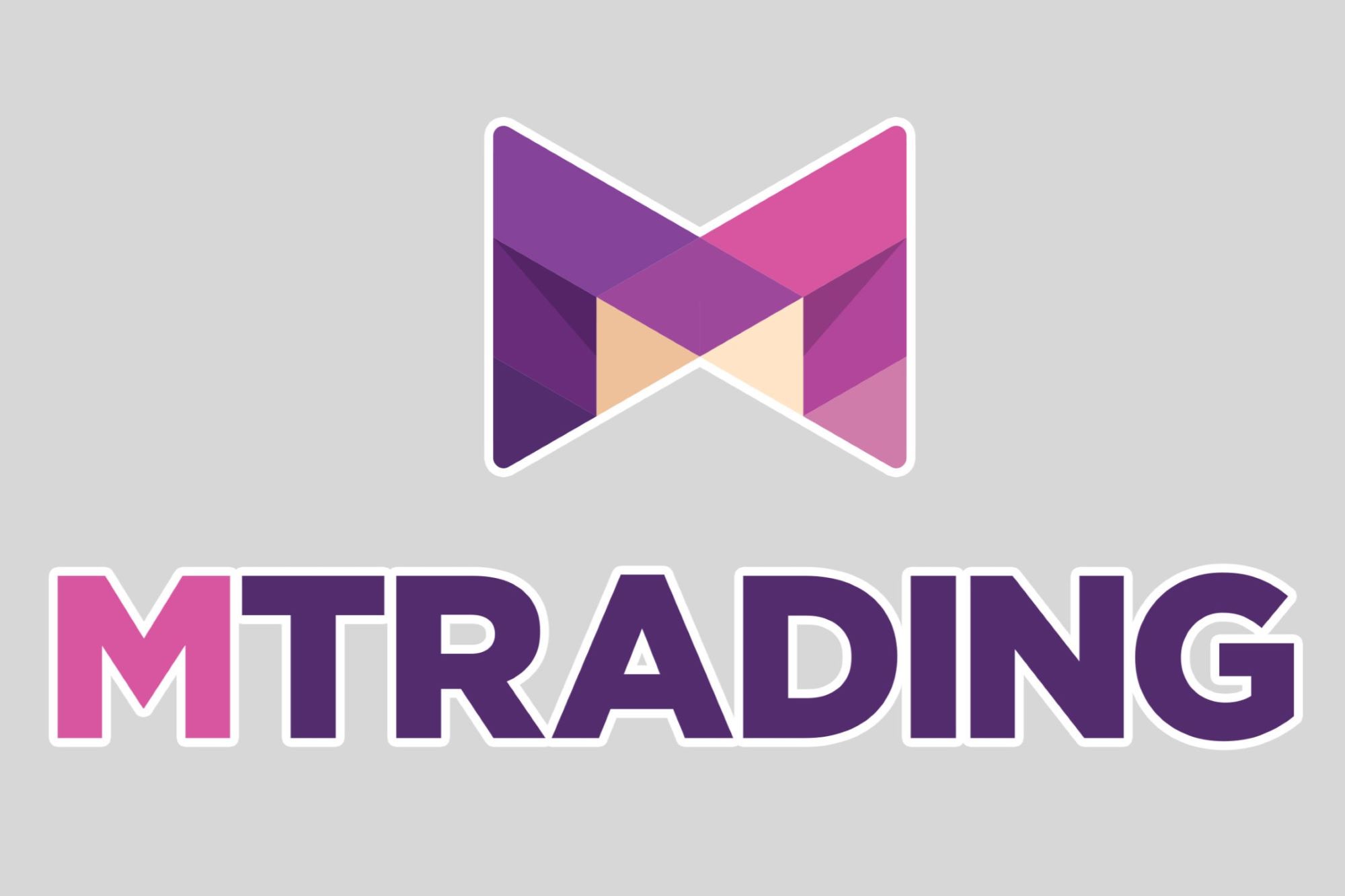Investing through https://mtrading.com/ into art bonds offers a unique opportunity for those looking to diversify beyond traditional markets. Art bonds, although a niche financial product, provide exposure to the art world while generating potential returns. This investment combines the appeal of art with the possibility of financial growth.
Here are some key benefits:
- Diversification of Investment Portfolio: Art assets often have a low correlation with traditional financial markets such as stocks and bonds, providing a hedge against market volatility and economic downturns. Art bonds offer exposure to a non-traditional asset class, spreading risk and enhancing portfolio resilience. This approach can be similar to using Forex or CFD brokers, where diversification across financial instruments allows for better risk management.
- Potential for High Returns: The art market has historically demonstrated the potential for significant returns over the long term. By investing in art bonds, investors can participate in the appreciation of valuable artworks while earning fixed income from interest payments. Similarly, CFD trading offers opportunities for potential high returns, albeit with different asset classes.
- Low Correlation with Traditional Assets: Art bonds provide access to an alternative asset class that behaves independently of traditional financial markets. Even during periods of market turbulence, the non-correlated nature of art bonds can cushion the impact of negative events on overall portfolio performance, just like trading through Forex brokers might shield you from stock market volatility.
Risks Associated with Art Bonds
The art market, like any other investment market, is susceptible to volatility. Fluctuations in art prices can impact the value of art bonds, potentially leading to losses for investors.
Investors in art bonds should be prepared for the possibility of market downturns or sudden changes in art valuations. Conducting thorough research and staying informed about market trends, similar to how you would in Forex and CFD trading, can help investors navigate periods of heightened volatility and make informed decisions about their art bond investments.
How to Invest in Art Bonds
Investing in art bonds requires careful research and due diligence to assess the credibility of issuers and the quality of underlying artworks. Investors can explore various avenues for accessing art bonds, including specialized investment platforms, art funds, or reputable brokers with expertise in the art market, much like when engaging with CFD brokers.
Here’s a comparison of key factors to consider when investing in art bonds:
| Factors to Consider | Description | Importance |
|---|---|---|
| Credibility of Issuers | Evaluate the reputation and track record of the entities issuing the art bonds. | High |
| Quality of Artworks | Assess the authenticity, provenance, and potential appreciation of the underlying artworks. | High |
| Interest Rates | Examine the interest rates offered by different art bond issuers and compare them thoroughly. | Medium |
| Maturity Dates | Understand the duration of investment and the maturity dates of the art bonds being considered. | Medium |
| Collateral Security | Determine the collateral securing the bonds, such as specific artworks or other assets. | High |
| Market Outlook | Stay informed about macroeconomic trends and the overall outlook for the art market. | High |
| Professional Advice | Seek guidance from financial advisors or experts with experience in art bond investments. | High |
Art bond investors should prioritize factors such as the credibility of issuers, quality of artworks, and market outlook while also considering interest rates, maturity dates, collateral security, and seeking professional advice to make sound investment decisions. Similar diligence applies when trading through CFD or Forex brokers.
Examples of Successful Art Bond Investments
Numerous successful ventures underscore the potential of art bonds to yield attractive returns for investors. For example, one initiative involved the restoration of a famous masterpiece funded through art bonds, ultimately leading to a significant increase in the artwork’s value. Investors realized substantial financial returns, benefiting both from appreciation and preservation efforts.
Tax Implications of Art Bond Investments
Understanding the tax implications of art bond investments is indispensable for prudent financial planning, just like with any other financial instrument such as CFDs or Forex. Key tax considerations include:
- Capital Gains Tax: Profits accrued from the sale of art bonds may be subject to capital gains tax, which varies by jurisdiction.
- Potential Tax Benefits: Expenses related to art acquisition or conservation may qualify for tax deductions, reducing taxable income.
- Consultation with Tax Professionals: Seeking expert advice can help navigate the complexities of tax laws surrounding art bond investments.
Future Outlook for Art Bonds
The future of art bonds appears promising as investors seek alternative investment opportunities. The continued globalization of the art market, technological innovations, and increased regulatory frameworks are likely to drive growth in the art bond sector. By using art bonds as part of a diversified portfolio that includes CFDs or Forex, investors can explore new opportunities for stable returns while managing risk effectively.
